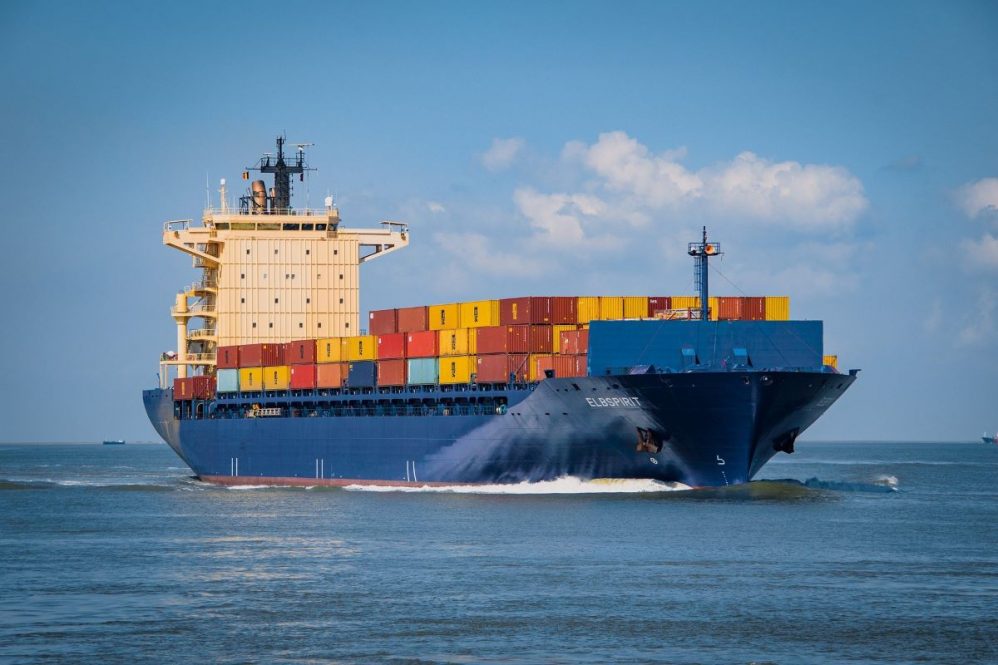Between wildfires, drought, a trade war, and the COVID-19 pandemic, the last few years have been hard on California farmers. But recent research by agricultural economists from UC Davis and the University of Connecticut suggests that economic losses to California agriculture from recent supply chain disruptions may have an even greater economic impact. Their models estimate that there was a 17% decline in the value of containerized agricultural exports between May and September 2021, resulting from recent port congestion.
According to the authors of the study, including Sandro Steinbach, assistant professor in the College of Agriculture, Health and Natural Resources, this amounts to around $2.1 billion in lost foreign sales, which exceeds losses from the 2018 U.S.-China trade war.
Increased U.S. demand for imported goods from Asia also led to increased demand for empty shipping containers in Asia. Prior to the pandemic, freight rates for shipping containers from Shanghai to Los Angeles were already higher than the return trip from Los Angeles, but this gap widened significantly after COVID-19. By September 2021, the fee to ship a 40-foot container from Shanghai to Los Angeles had increased sixfold to $12,000, while the return trip from Los Angeles was only $1,400.
The high prices for containers from Asia, coupled with shipping delays from the high volume of imported goods entering California ports, made it more profitable for shippers to return containers to Asia empty, rather than waiting at the ports to have them loaded with U.S. exports for the return trip. Xiting Zhuang, doctoral student in UConn’s Department of Agricultural and Resource Economics, calculated that “by September 2021, nearly 80% of all containers leaving California ports were empty—about 43% fewer filled containers leaving California’s ports than there were prior to the pandemic.”
Since 40% of filled shipping containers leaving California’s ports are filled with U.S. agricultural products—around a third of which are from California—California’s farmers experienced significant lost export opportunities. By the peak of the disruption in September 2021, there were around 25,000 fewer containers filled with agricultural products leaving California ports than there were in May 2021. Processed tomatoes, rice, wine, and tree nuts saw the sharpest average trade declines.
UC Davis Distinguished Professor Colin Carter adds that “We calculated California tree nut producers lost about $520 million. This was followed by wine with a loss of more than $250 million and rice with about $120 million lost.” Yet, even greater losses to California farmers may occur if port inefficiencies persist and importers begin to view California as an unreliable supplier of agricultural products.
Follow UConn CAHNR on social media



